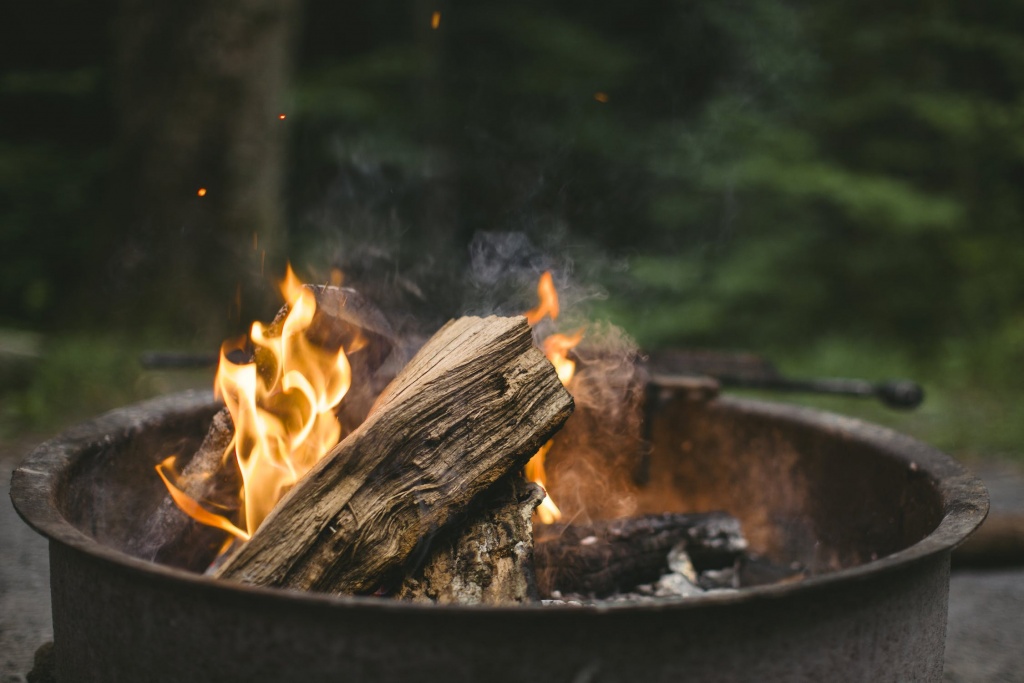
Bonfires can be the perfect backdrop to a lazy fall night, whether you’re with friends, cuddling with your honey or bonding with the kids. Here are safety tips to a stress-free summer bonfire.
Contain your environment
The key to a safe bonfire is being certain you can manage the area at all times. The U.S. Fire Administration (FEMA) recommends building bonfires away from dry grass, leaves and low-hanging branches, which can cause the fire to spread out of control. Laws vary by location, but many mandate that bonfire users allow at least 50 feet of space in between the fire and your home.
Start digging
A pit that is at least two feet wider than the fire, and at least 12 to 18 inches deep is the safest bonfire base. Surround the outside of the circle with rocks and line the bottom with smaller rocks or pebbles.
If you don’t want to dig up your backyard, consider using a store-bought fire pit.
Instill fire smarts
Participants can easily get caught up in the novelty of a bonfire. Communicate that the fire is for viewing enjoyment only and that it poses a serious threat. Don’t allow kids to run near the flames. Be mindful of winds that can carry burning embers away from the bonfire site, causing unintentional spreading.
Keep the flame smaller than three feet tall to make sure that it doesn’t spread out of hand. You can do this by using large iron fire tools to separate logs from the main fire, reducing its intensity.
Burn selectively
Just because something can burn doesn’t mean it belongs in a bonfire. Avoid burning mulch, leaves or twigs Smaller objects such as these burn much hotter and faster than firewood. A bonfire should be "fed" only clean, dry, seasoned firewood.
Keep supplies nearby and hazards away
Gasoline and alcohol have no place near a fire. Never use any sort of combustible substance or accelerant to start a fire. Find a volunteer who has experience building fires safely and ask for their help.
To ensure bonfire safety, keep a shovel and at least one large bucket of water or a hose nearby in the event that flames get out of hand. Once you’ve put the flames out, the U.S. Fire Administration recommends stirring the charred pile around and dousing it again to ensure that all embers have been extinguished.
Assign a designated fire-watcher
Particularly if you’re holding a bonfire in conjunction with a party, or into the wee hours of the morning when participants are likely to get distracted or sleepy, make sure that at least one person always keeps an eye on the fire. Likewise, never leave a bonfire unattended to "burn down" on its own when the party ends.